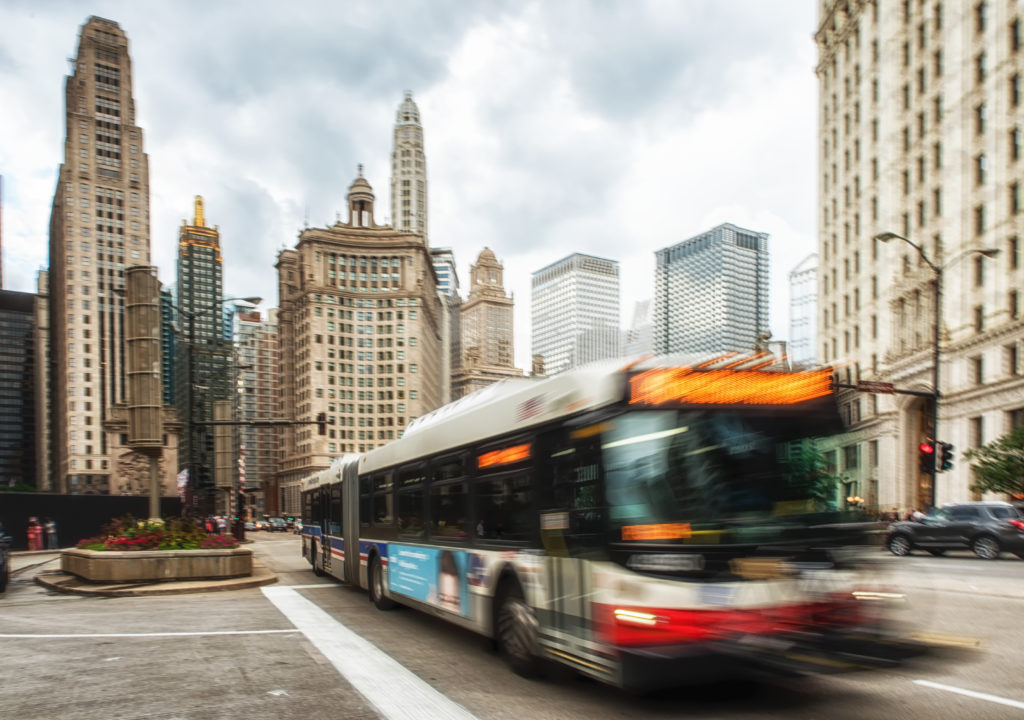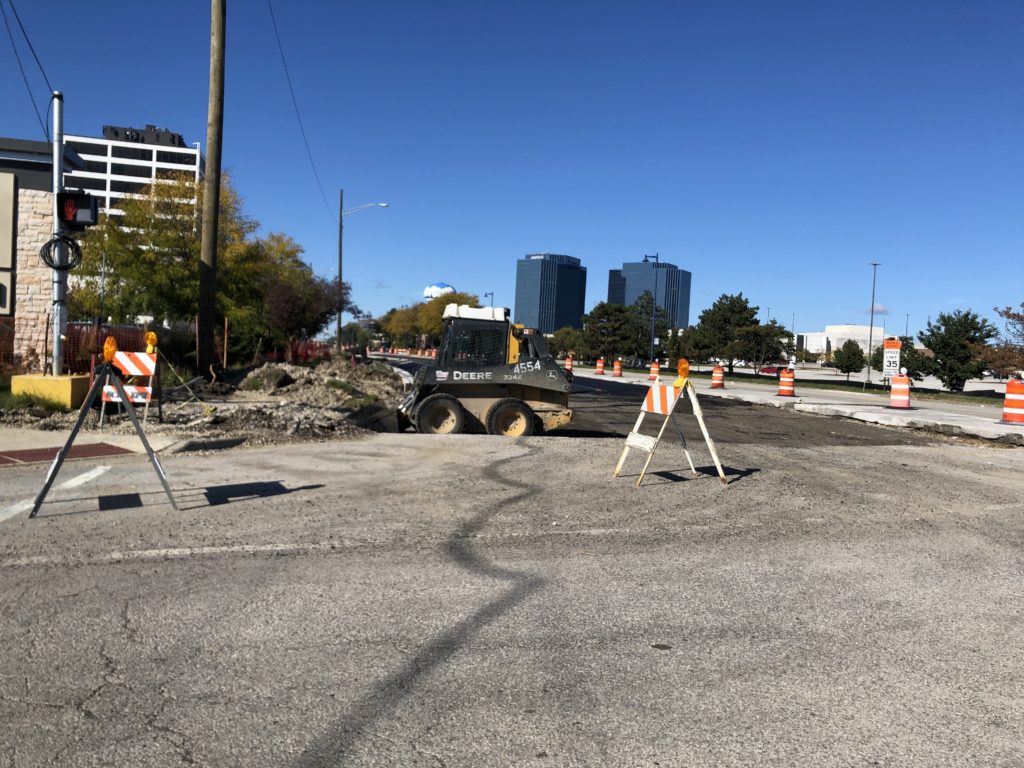
Fall in Chicagoland is an exciting time. The leaves begin to change, football seems to be on almost every day of the week, and it presents that brief period in the Midwest where its not too humid and there’s no sign of a snowstorm approaching. With that being said, there are some downsides that pose serious risks to drivers on the road. Not only does it get much darker outside, but potholes appear out of nowhere, and the roads are often slick. But one factor in particular may be overlooked for Cook County residents. As CBS 2 Chicago recently reported, Cook County experienced the most crashes involving deer in the entire state. Now, for many in the city this data may seem irrelevant as those residing in Chicago may not be commuting to surrounding suburbs. However, the reality is that Chicago has an incredibly diverse population and many large corporations that are headquartered in suburbs surrounding the city. And while some may believe that public transportation is the most common method of transportation for commuters, according to Money Crashers, it turns out that 77.6% of Chicago commuters drive cars, making them all the more likely to come across deer on the road.
In its report, CBS 2 stated that in 2018, “more than 40% of crashes involving deer occurred in October, November and December.” The obvious reason for these crash statistics is that deer mating season takes place during these months, making those dark, narrow roads in the suburbs all the more dangerous. On the other hand, it also comes down to a lack of awareness and knowledge of the dangers that driving at night and in certain parts of Cook County pose. 15,636 auto crashes took place in the state of Illinois in 2018, and eight of those were fatal. To place those numbers in comparison with other states, it’s important to note that Illinois does not even place in the top 10 for states where you are most likely to hit a deer on the road. For example, West Virginia, which has regularly taken the top spot for the state where drivers are most likely to be involved in a deer collision, had 25,176 collisions from June 2017 to July 2018. So why the sudden uptick in collisions for Illinois drivers? According to the Chicago Tribune, while rural areas in Illinois remain predominantly where the biggest risk of hitting these animals are, “deer are also seen in urban areas along highways . . . where deer have adapted to city and suburban environments.” This would certainly explain why Cook County ranks so high when it comes to collisions.
“Don’t Veer for Deer”
If worrying about colliding with deer on your morning and evening commutes isn’t enough to keep you motivated to stay alert of all the warning signs, keeping other drivers safe should. Although a deer may come out of nowhere and surprise you while driving, drivers have a responsibility to take reasonable precautions when driving where hazards like this are present. On top of the other dangers that Fall poses, the threat of deer in rural, and now urban areas, should force us to all be extra careful. As a way to prevent further injuries from occurring in a potential collision, CBS 2 was able to speak with Acting Illinois Transportation Secretary, Omer Osman. In discussing this issue Osman stated, “don’t veer for deer. While your first instinct when facing a deer in the headlights may be to swerve, doing so could cause you to lose control of the vehicle and increase the severity of a crash.” To further support these safety tips, the Illinois State Police has provided several tips for drivers in hopes of avoiding collisions:
- Be aware of your surroundings and pay attention to deer crossing signs.
- Scan the sides of the road for eye shine – the reflection of headlights in the eyes.
- Slow down if you see deer. They travel in groups, so more are likely nearby.
- Prepare for the unexpected. Deer can stop in the middle of the road or double back.
- If a collision is inevitable, try to glance the vehicle off the deer and avoid swerving into the opposite lanes of traffic.
It goes without saying that as it gets darker outside, drivers need to take the necessary precautions to ensure their safety. In doing so, we all work to make the roads much safer.




